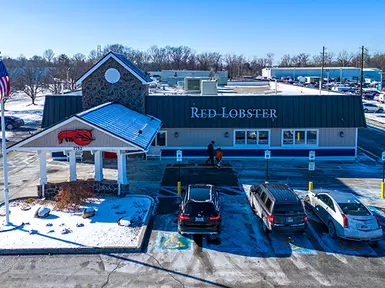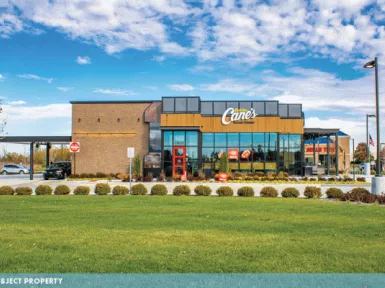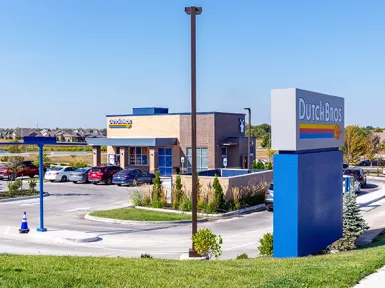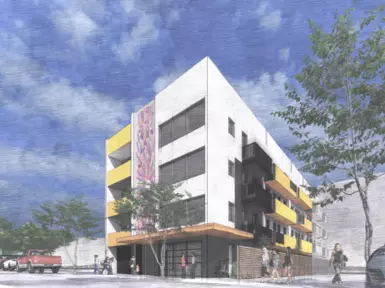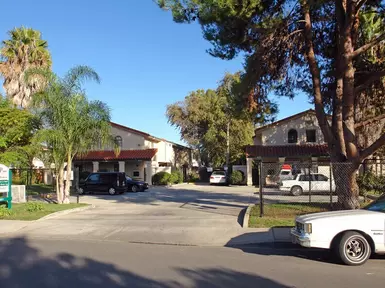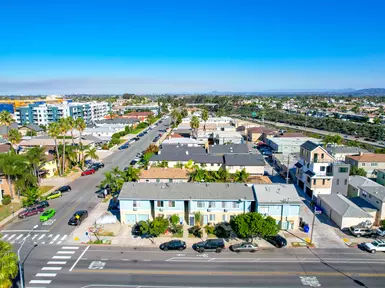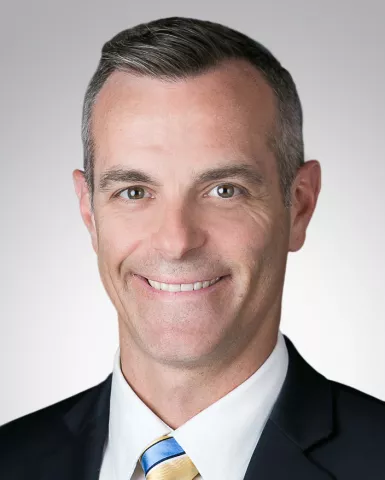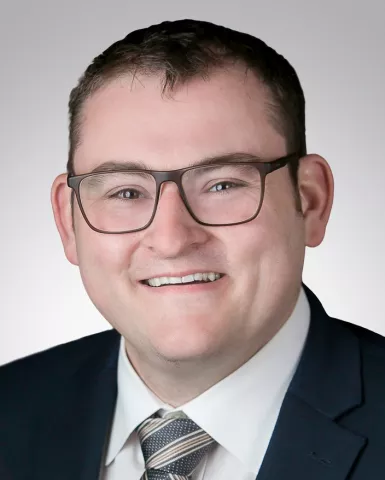About Our Office
Northmarq’s San Diego office offers a complete range of debt and equity options for all types of commercial and multifamily real estate. We are active Fannie Mae, Freddie Mac, and FHA/HUD lenders, in addition to being a correspondent for a wide array of insurance companies. Our professionals possess strong relationships with dozens of CMBS lenders, banks, debt funds, and equity investors, and we develop innovative solutions involving all financing structures. Our in-house commercial and multifamily investment sales experts can also assist with transactions of any kind including 1031 exchanges and sale-leasebacks. If you need assistance with your next transaction, connect with us today!
The latest
Activity for this office
San Diego CA
